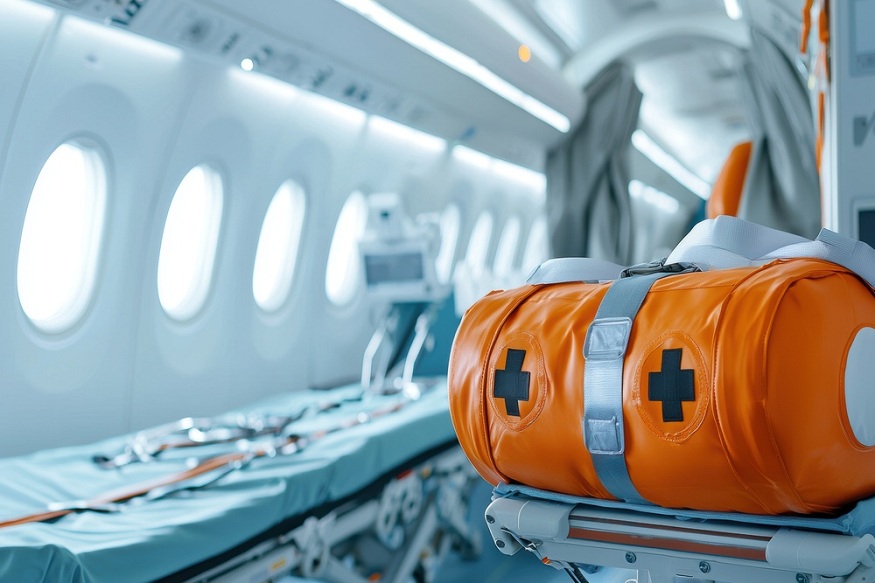Innovations That Are Transforming Emergency Response Flights
A serious car crash prompts a medical helicopter to land on a highway. The crew exits, puts the injured driver inside, and leaves in under ten minutes. This is a frequent occurrence, but technology has evolved.
Navigation Gets Smarter
Fog rolls in thick during a midnight rescue mission. Years ago, that meant turning back. Today’s rescue aircraft punch through weather that would have grounded earlier generations of pilots. Satellite navigation guides them around storm cells while computers track fuel burn rates against headwinds.
The real magic happens when these navigation tools talk to each other. A helicopter’s computer might notice it is burning fuel faster than expected because of strong winds. It automatically recalculates whether the crew can make it to their preferred hospital or should divert to a closer facility. Meanwhile, it’s already sending updates to both hospitals, so medical teams know what’s coming their way. Pilots love these systems because they handle the math while the crew focuses on the patient.
Medical Gear Shrinks but Packs More Punch
Entering a 2010 medical helicopter then one from today is like time travel. That ventilator, the one secured to the wall? It’s now a sleek box that weighs twelve pounds. Blood testing once meant drawing samples and waiting for lab results after landing. Now, a device no bigger than a smartphone analyzes blood chemistry during flight.
Paramedics on flights can now send live video to trauma surgeons at the hospital. Imagine a paramedic assisting a construction worker after a fall. She has doubts about the medical process. A button press lets her show the injury to a surgeon. They then guide her in the next steps. When the helicopter lands, the surgeon knows what to anticipate. Then the patient receives expert care at 5,000 feet. The experts at LifePort say that this air medical equipment has transformed what’s possible between takeoff and landing.
Drones Join the Rescue Party
Who would have thought a toy-sized flying machine could save lives? Yet that’s exactly what’s happening. When floods hit, sending helicopters into unknown conditions risks the crew. Send a drone first. It flies low, its cameras searching for people waving from rooftops. Thermal sensors spot body heat through smoke or darkness.
Some rural fire departments now launch drones the moment they get a wilderness rescue call. While the ground team drives to the trailhead, the drone is already searching. Mountain villages that used to wait hours for medication now watch drones land in the town square with emergency supplies. Heart medication, snake bite antivenom, emergency insulin. Whatever’s needed arrives in minutes, not hours.
Electric Power Changes Everything
Gas-powered helicopters wake up entire neighborhoods when they land at 3 AM. Electric versions whisper in comparison. Beyond noise, electric aircraft offer surprising advantages. Fewer engine parts mean fewer breakdowns. No oil changes. No fuel filters. Maintenance crews joke they’re getting bored, but administrators love seeing aircraft available for missions instead of sitting in hangars for repairs.
Battery weight and charging time still limit how far these aircraft can fly. Engineers keep pushing through. Each year brings lighter batteries that hold more power. Some companies are testing battery swap systems; land, switch power packs in three minutes, take off again.
Conclusion
The next five years should bring remarkable changes. Every antenna, sensor, and battery improvement translates to someone’s father coming home from a heart attack, someone’s child surviving a car accident. These flying machines and their crews already perform miracles daily. The technology racing to catch up just makes those miracles a little less miraculous and a lot more routine.



